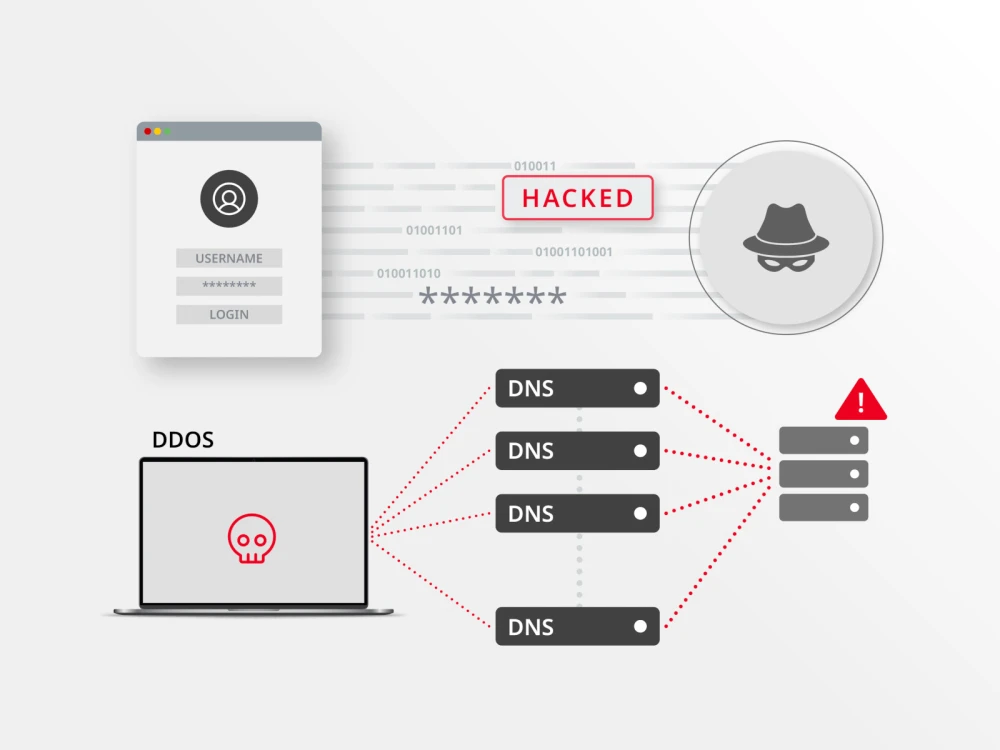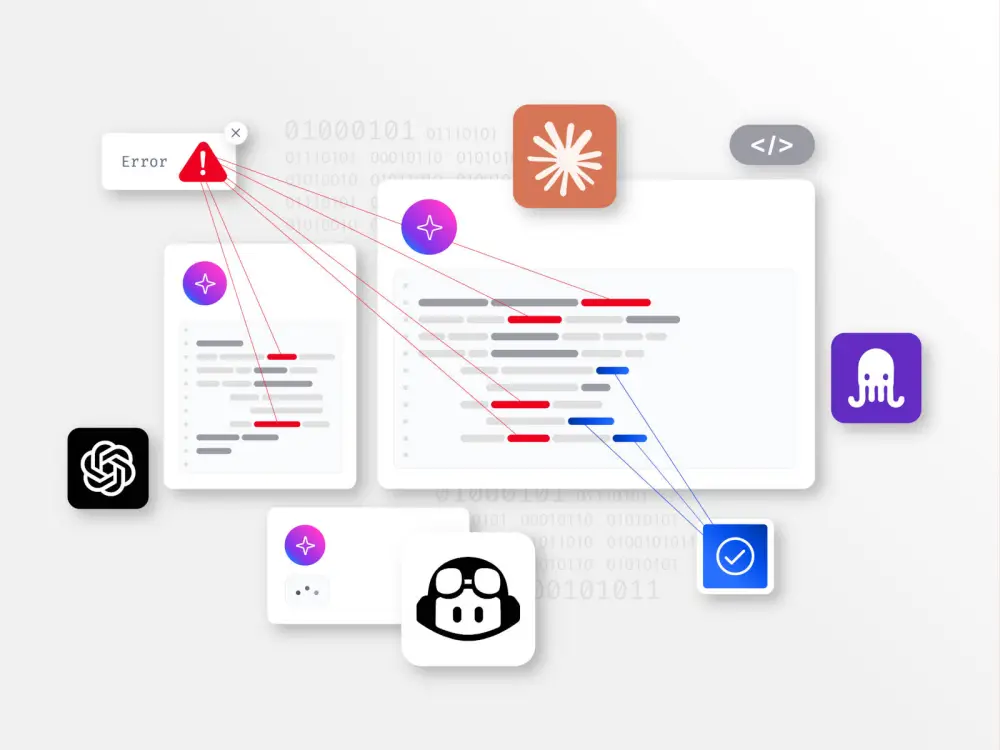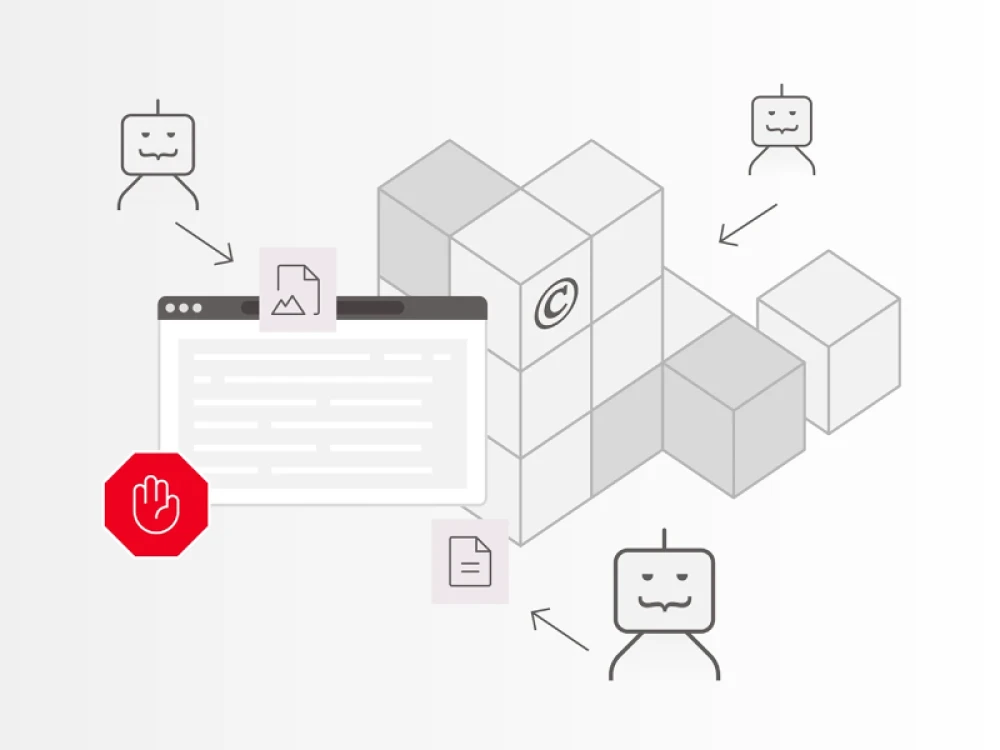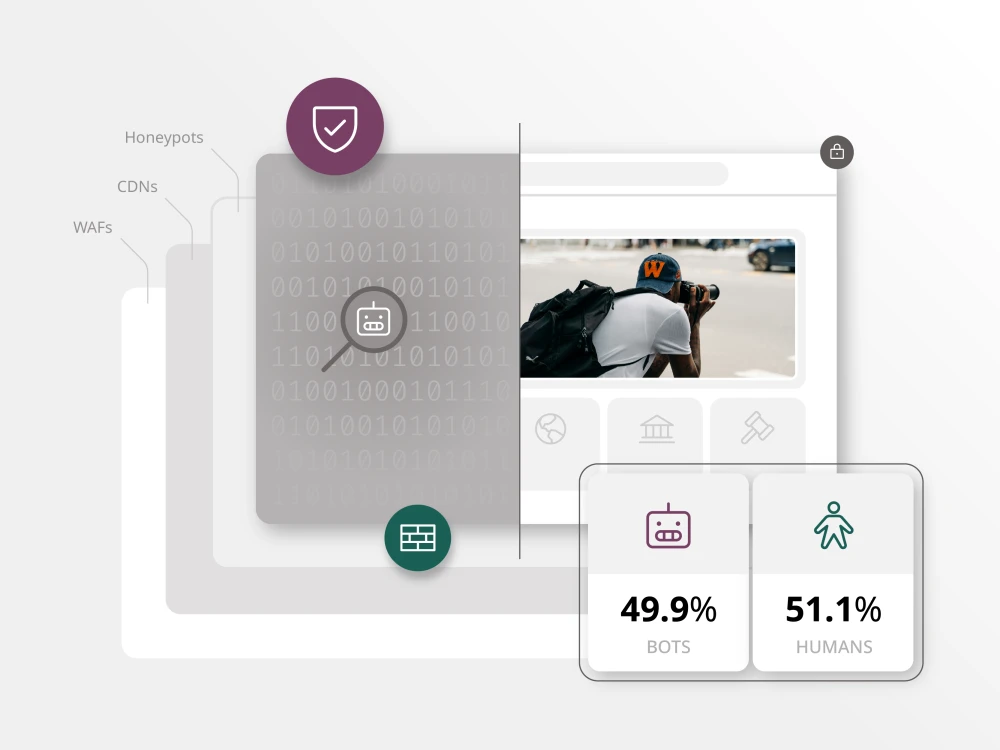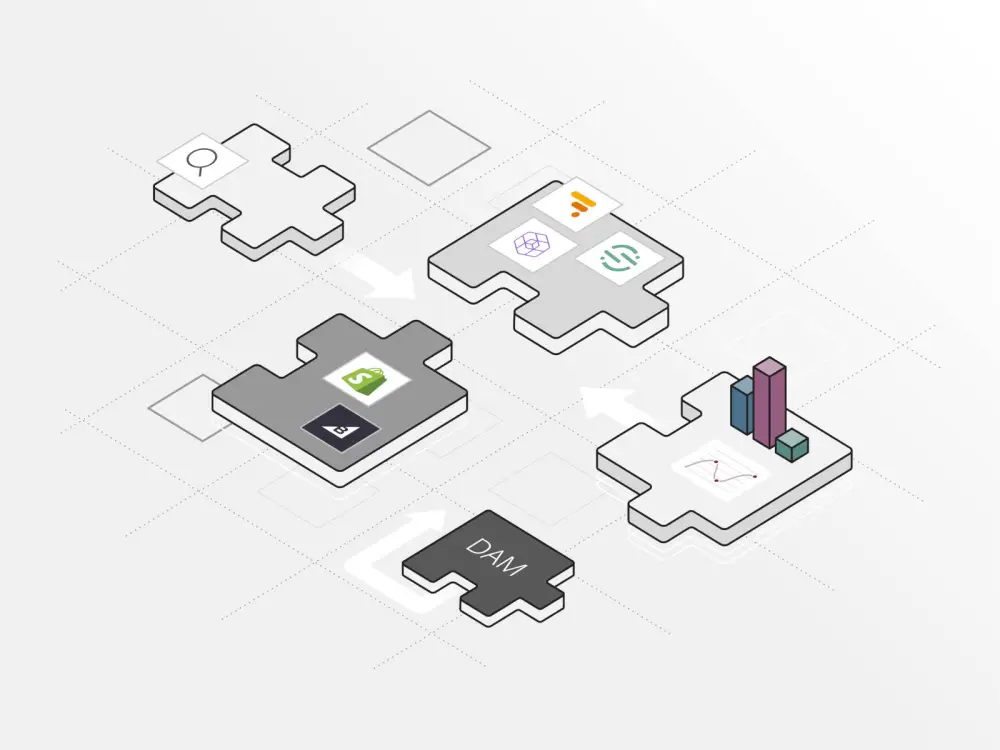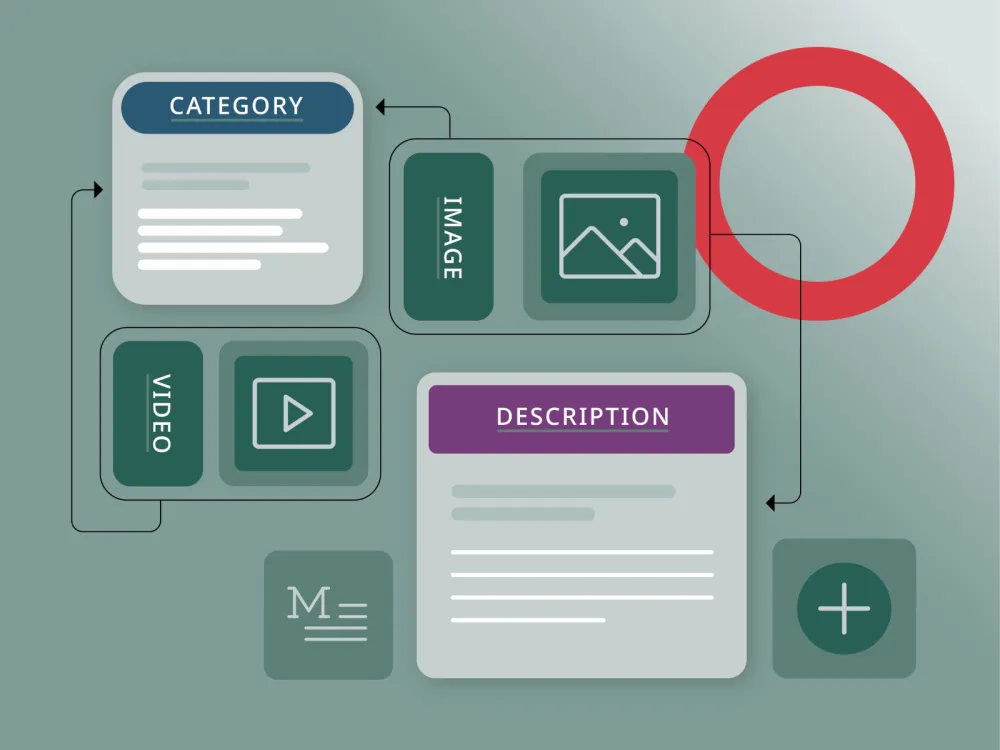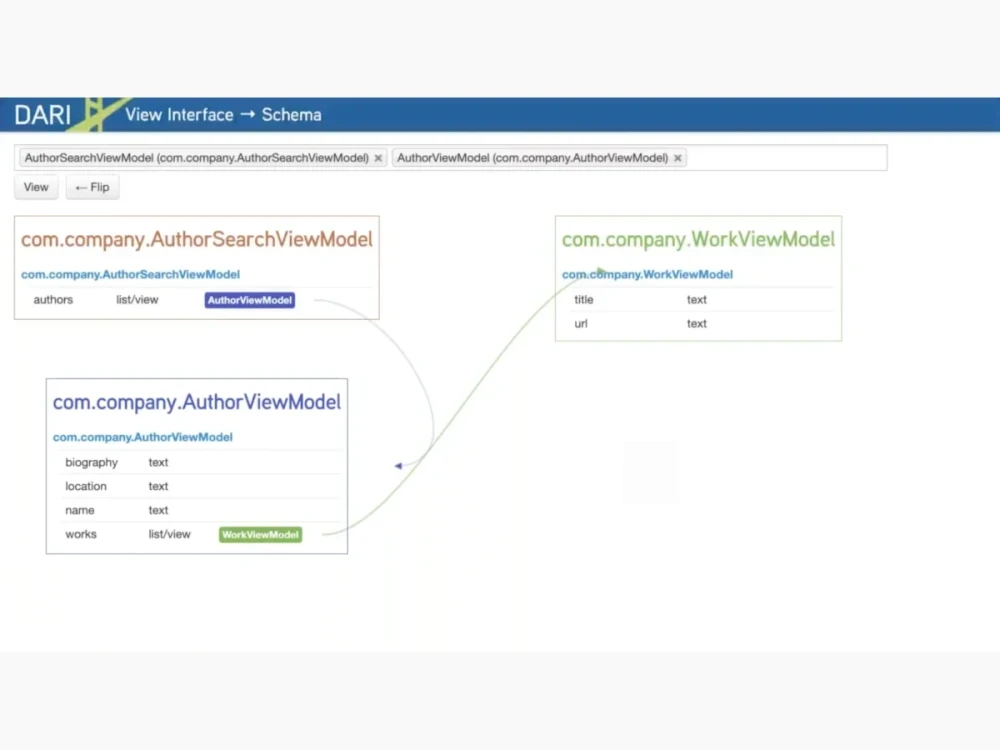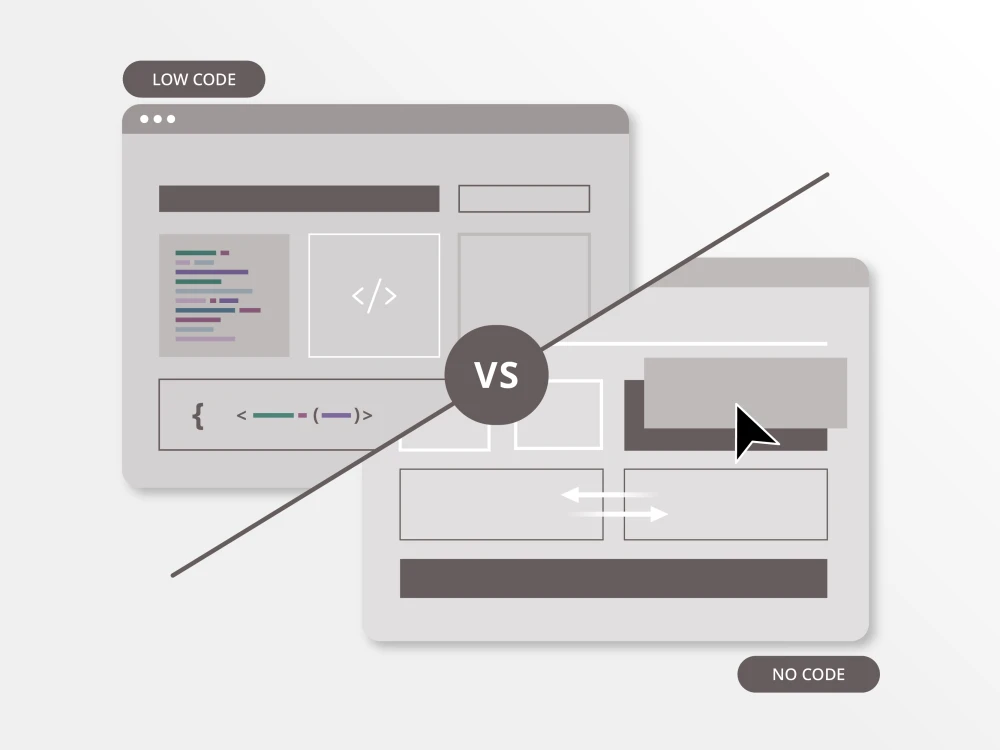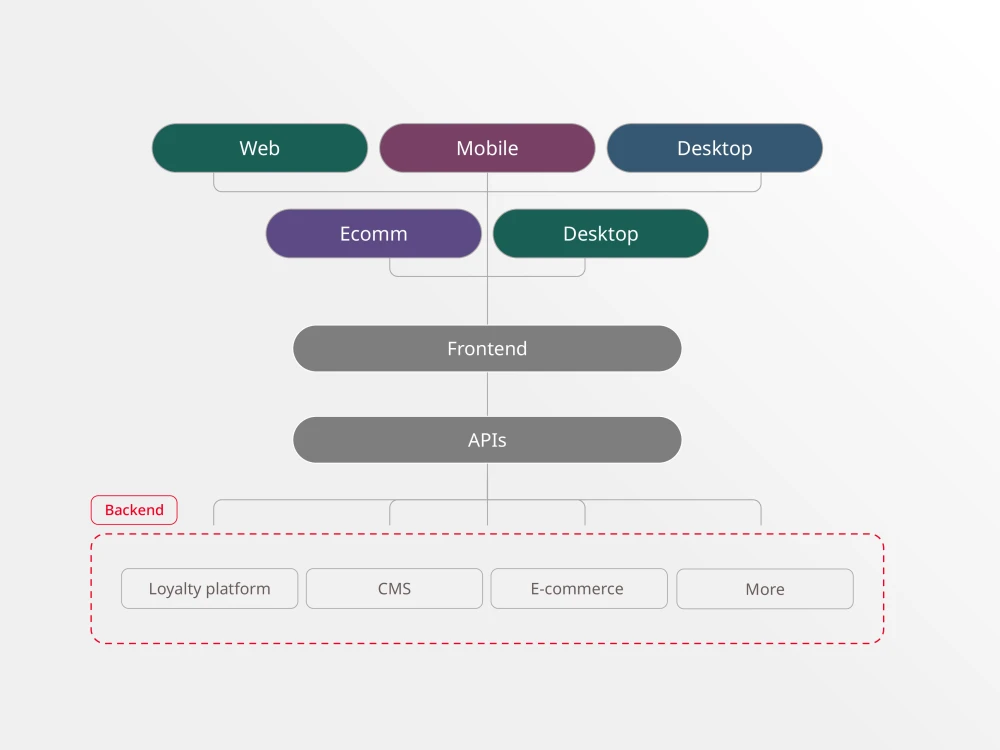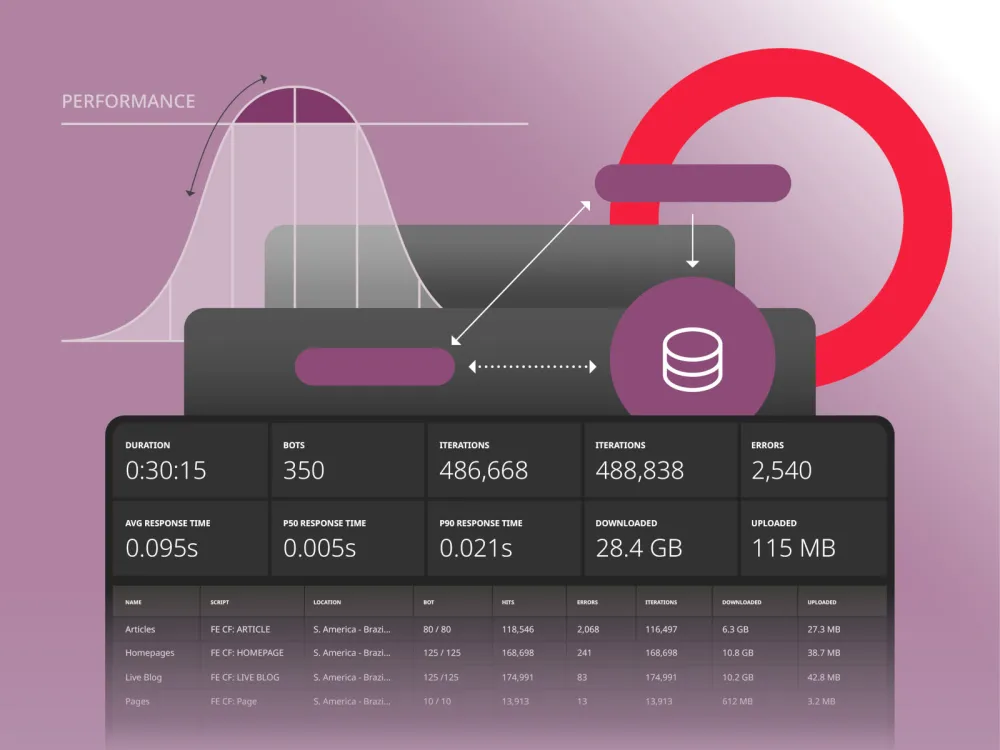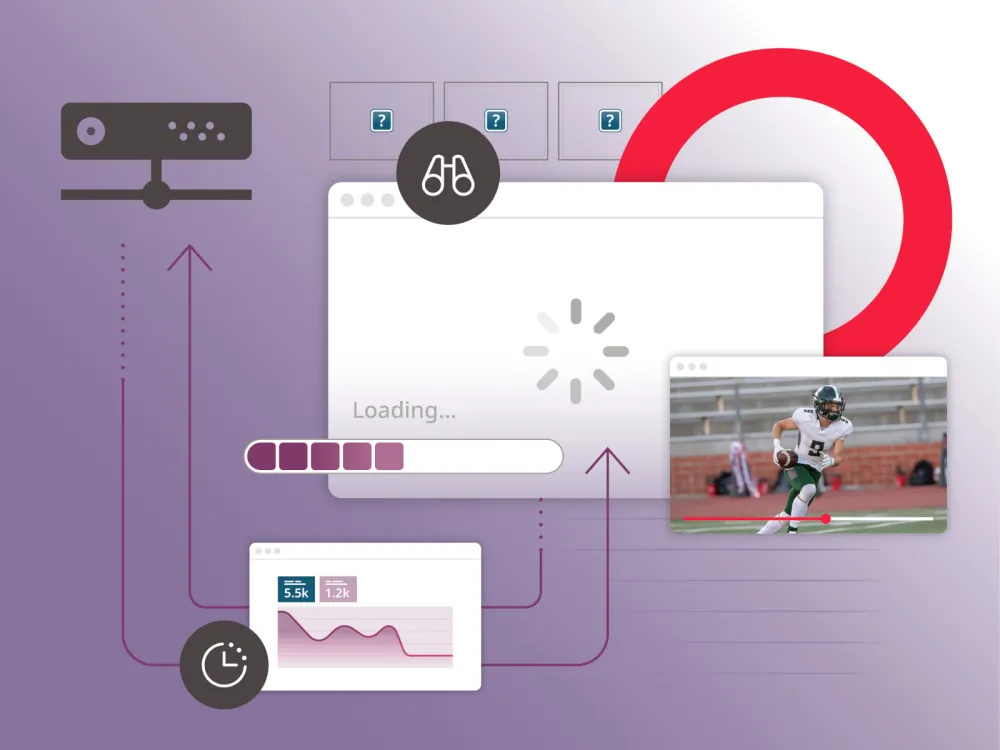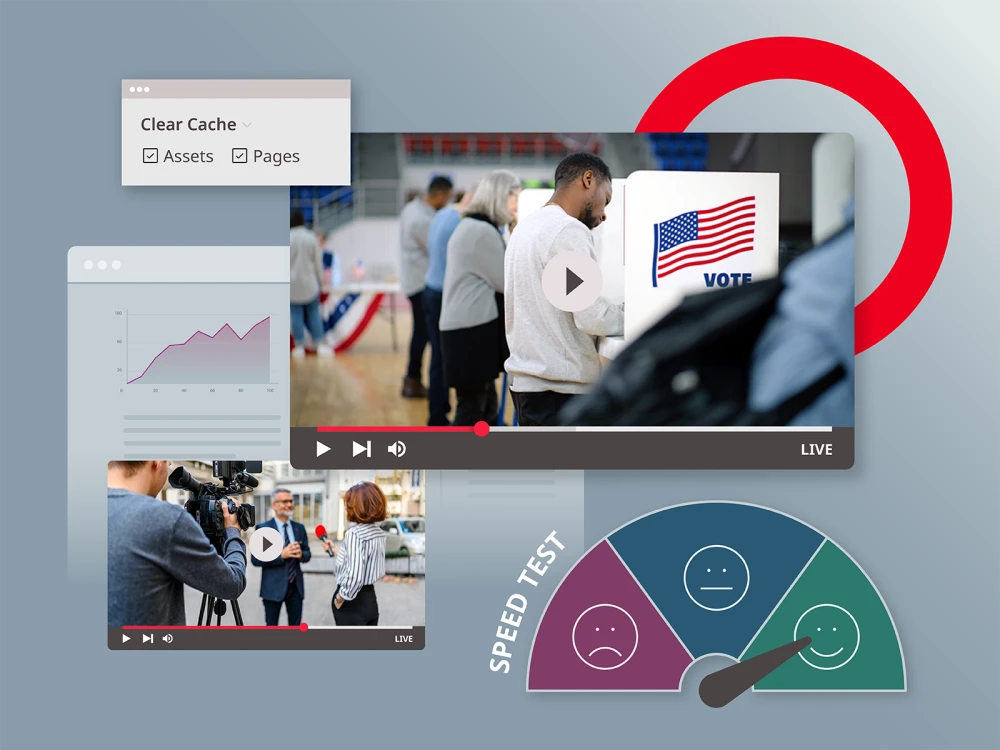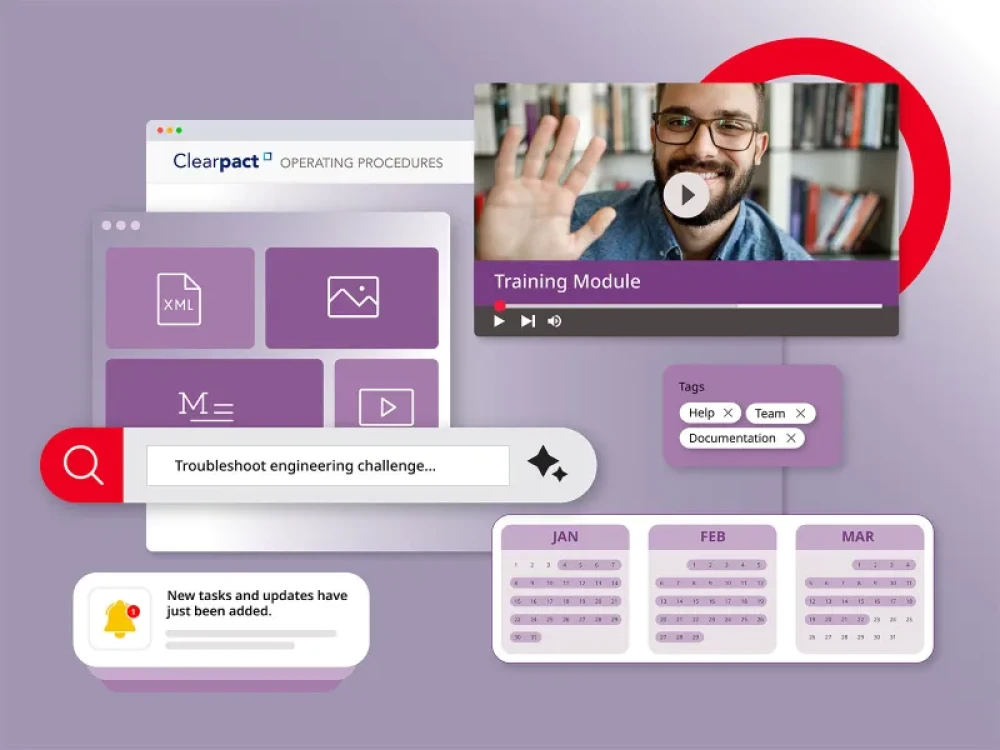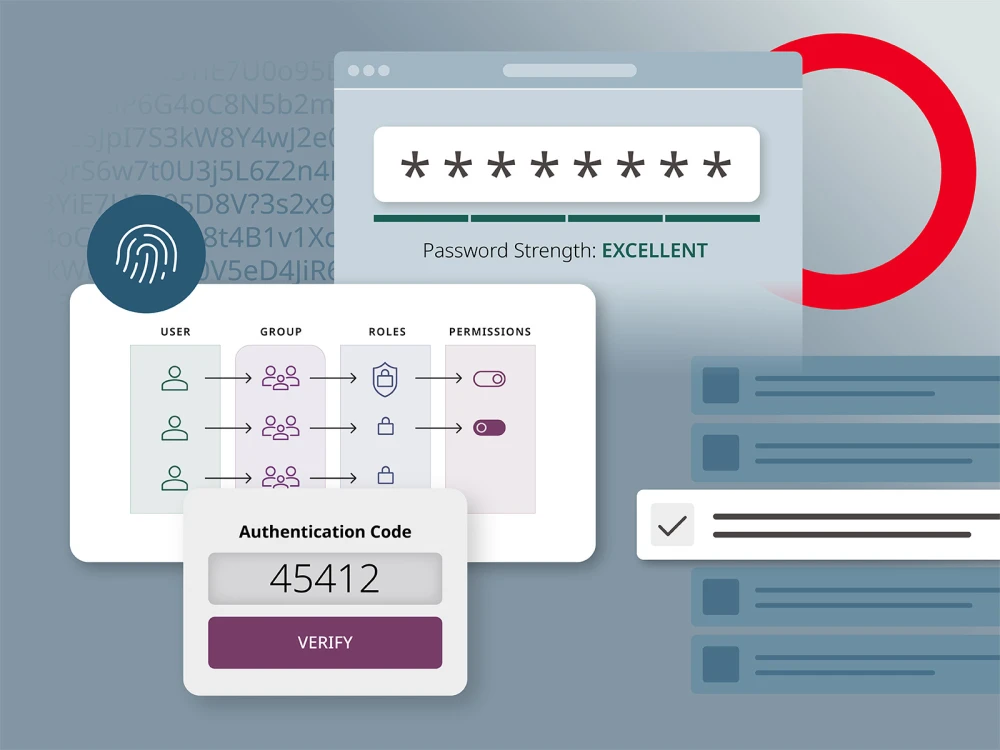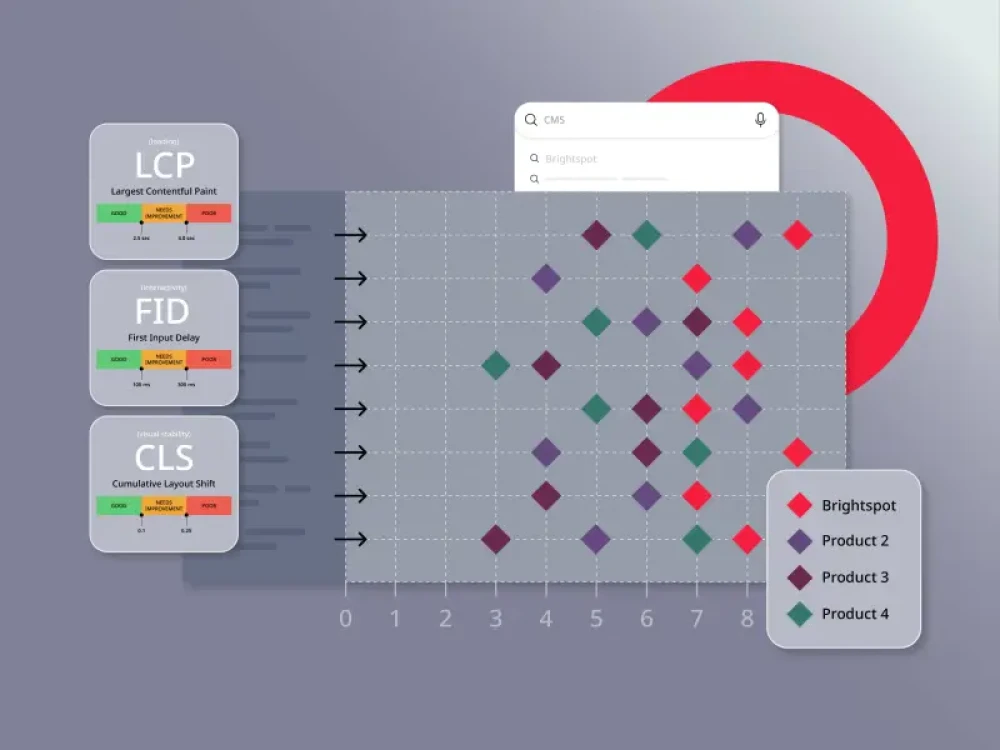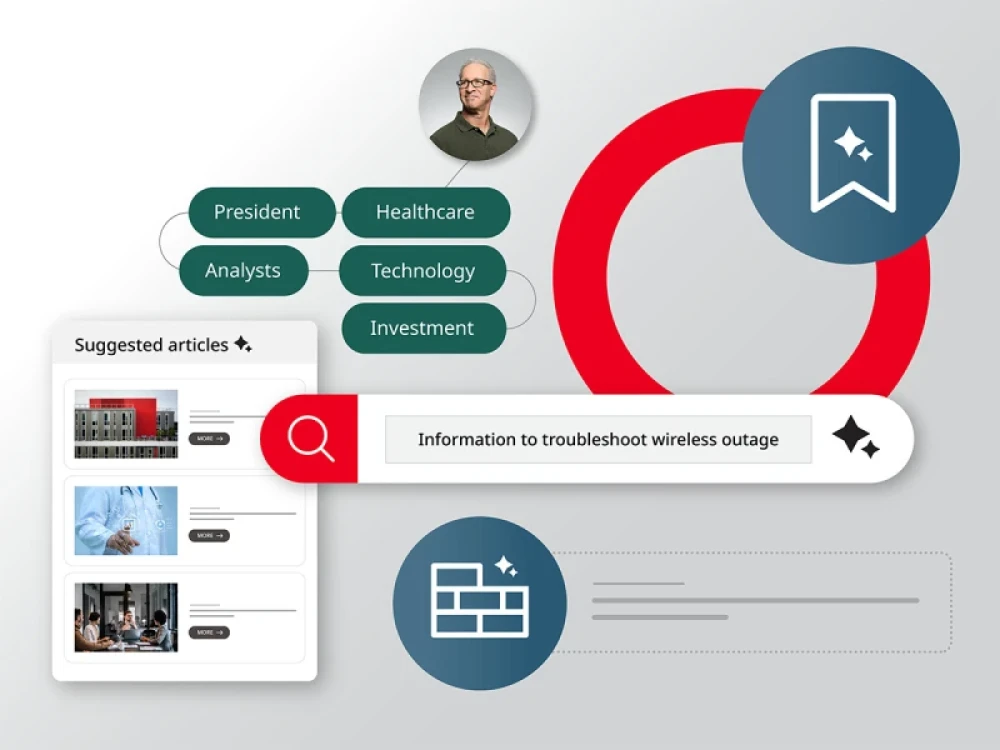Technology insights
Explore the latest trends in website development, CMS technology, digital security and advances across the spectrum of software to manage, extend and grow a modern technology stack.
Brightspot’s Chief Information Officer, David Habib, warns that insider threats, content misuse and DDoS attacks are escalating faster than most organizations realize. His insights show why layered defenses and zero-trust practices are now essential.
At Brightspot, we are thoughtfully integrating AI into our development process, taking an iterative approach that unlocks real value while reducing risks and unintended consequences.
Brightspot has observed a dramatic increase in non-human web traffic across our customer base — largely driven by scraping bots harvesting content for AI model training. See our findings and recommendations from a recent initiative to evaluate and respond to the growing risk and impact of “bad bot” traffic.
The rise of large-scale DDoS attacks and rampant AI scraping signals a turning point in web security. What used to be rare is now routine — and often automated by actors with little more than a credit card.
As digital experiences grow more complex, traditional monolithic platforms are no longer able to keep pace. Their tightly coupled architectures limit speed, flexibility and scalability — putting innovation road maps at risk. Composability offers a modern alternative: a modular, API-first approach that allows organizations to evolve their digital ecosystems incrementally and intelligently. Find out here why composability matters now more than ever.
A look at how Brightspot’s CMS framework and architecture is designed to extend and support myriad use cases.
With Brightspot, we take a different approach that combines a more intuitive architecture and flexibility to drive your business forward. And that’s thanks to Dari, a principle that has made Brightspot CMS what it is today.
Some companies need all hands on deck with a no-code platform; others may want more granular control with a low-code platform. Which works better for your organization?
Learn about headless CMS: a modern architecture that allows digital teams to adapt to new technology and deliver content across multiple channels.
Learn the difference between headless CMS, decoupled CMS and traditional CMS architecture, as well as the pros and cons for each.
Want to ensure your website can handle high traffic? Load testing improves scalability, prevents crashes and enhances user experience. Find out how.
From the Olympics to major news events, see how Brightspot conducts load testing to handle peak traffic. Explore the five key phases of effective performance testing.
Brightspot CIO David Habib shares behind-the-scenes details about a series of coordinated DDoS attacks during the U.S. presidential election on November 5 — and how our security protocols thwarted a massive global botnet attack targeting one of Brightspot’s largest news customers.
Effective knowledge management balances cost, speed and quality in engineering driving sustainable success. Learn more in this interview with HTEC Group’s Chris Westerhold.
Insider threats, AI-driven social engineering and botnets are reshaping security risks. Get insights on preparation from Brightspot CIO David Habib.
Brightspot CMS leads in Core Web Vitals, outperforming WordPress, AEM, and more. Hear from Brightspot SEO expert Miles De Feyter why page performance is a key SEO ranking factor.
Learn how news sites can scale efficiently during high-traffic events with strategies like load testing, caching, real-time scaling and security measures.
Discover how companies use AI on Brightspot’s CMS for personalized content, workflow automation and streamlined knowledge management.

